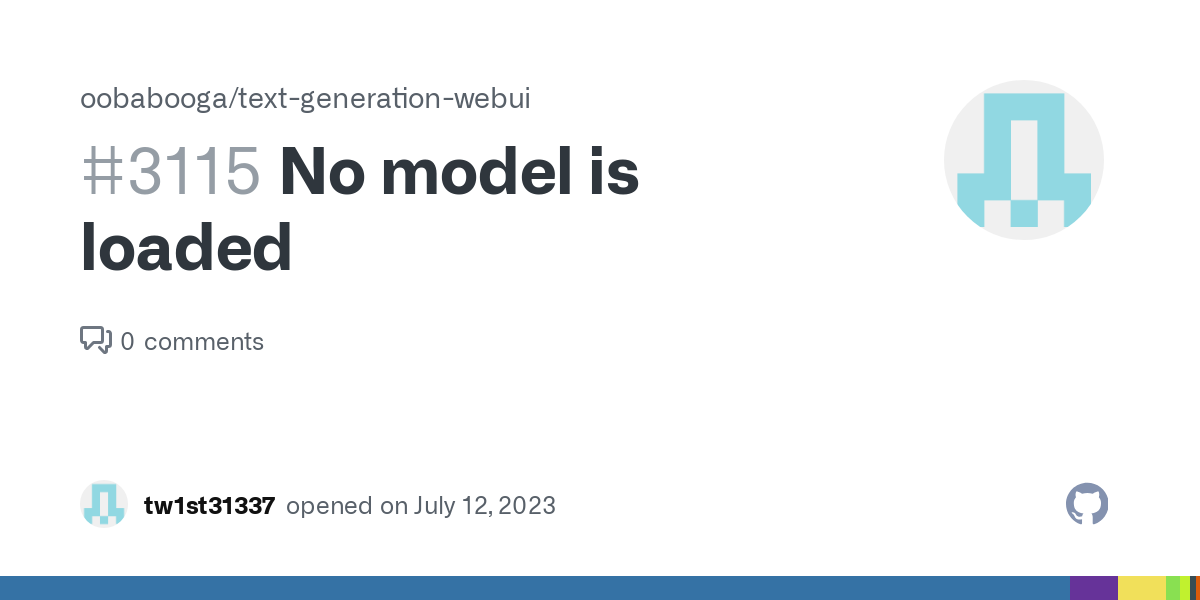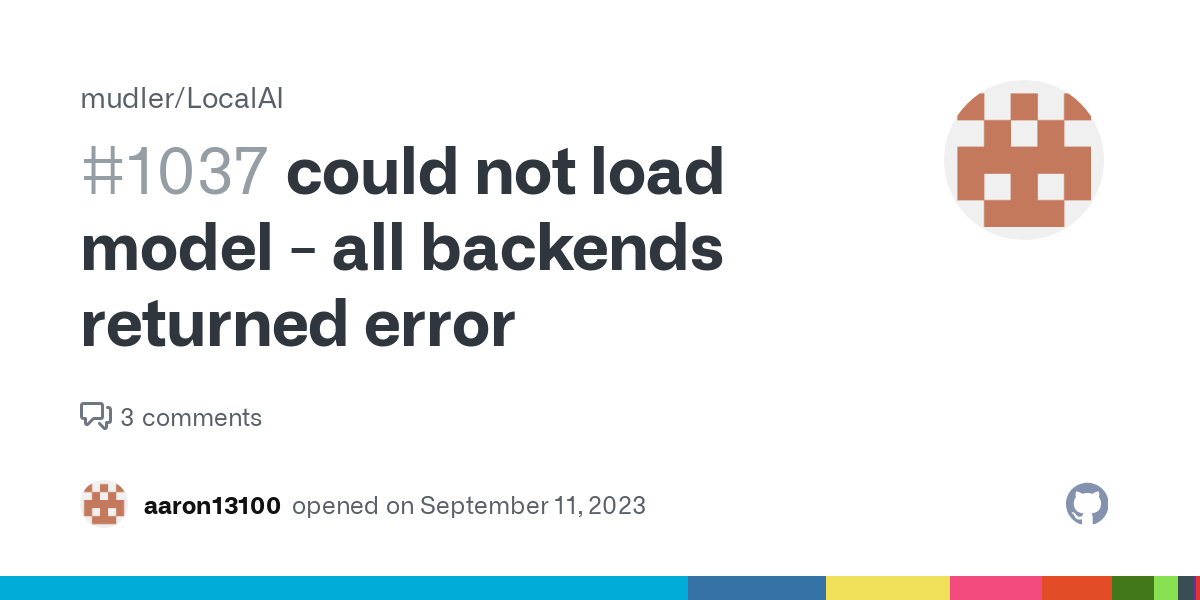The role of RMM in proactive IT maintenance and support is transforming how businesses manage their technology. Forget reactive firefighting; RMM empowers IT teams to anticipate and prevent issues before they impact productivity. This proactive approach, driven by powerful monitoring and automation tools, leads to significant cost savings, improved security, and a smoother, more efficient IT operation. Think of it as having a digital mechanic constantly tuning your IT engine, ensuring peak performance and preventing costly breakdowns.
From automated patching and backups to remote troubleshooting and insightful performance monitoring, RMM streamlines every aspect of IT management. This article delves into the core functions of RMM, exploring how it facilitates proactive maintenance, enhances support, bolsters security, and ultimately contributes to a healthier bottom line. We’ll examine the key features, explore best practices, and address common challenges to help you understand how RMM can revolutionize your IT strategy.
Proactive Maintenance Strategies with RMM

Remote Monitoring and Management (RMM) tools are game-changers for IT teams striving for proactive maintenance. They move IT support from a reactive, firefighting model to a preventative one, significantly reducing downtime and improving overall system health. This shift allows IT to focus on strategic initiatives rather than constantly battling emergencies.RMM facilitates a proactive approach through automation, centralized monitoring, and insightful reporting, ultimately boosting efficiency and minimizing disruptions.
Automated Patching and Updates
Proactive patching is crucial for security and stability. RMM solutions automate this process, ensuring all systems are updated with the latest security patches and software updates. This eliminates the risk of vulnerabilities being exploited and prevents software conflicts that can lead to system crashes. For instance, an RMM tool can be configured to automatically deploy Windows updates on all company computers during off-peak hours, minimizing user disruption.
The centralized management console allows for easy tracking of which systems have been patched and which require attention, simplifying the management of even large networks. This automated approach drastically reduces the manual effort involved in patching and updating hundreds or thousands of devices.
Automated System Backups and Recovery
Data loss is a catastrophic event for any business. RMM tools provide automated backup and recovery capabilities, ensuring business continuity in case of hardware failure, ransomware attacks, or other unforeseen events. These tools can be configured to automatically back up critical data to a secure offsite location at regular intervals. In the event of data loss, the RMM system can quickly restore data from the backup, minimizing downtime and data loss.
This automation ensures regular backups are consistently performed, eliminating the risk of human error or forgotten backups. For example, an RMM solution might be set to perform nightly incremental backups of server data and weekly full backups, ensuring rapid recovery in case of a failure.
Key Performance Indicators (KPIs) Monitored for Proactive Maintenance
RMM tools continuously monitor various KPIs to identify potential problems before they escalate. These KPIs provide valuable insights into system health and performance. Critical metrics include disk space utilization, CPU and memory usage, system uptime, and the number of security alerts. By tracking these KPIs, IT teams can proactively address issues like low disk space before it leads to system crashes or identify performance bottlenecks before they impact productivity.
Real-time dashboards and alerts provide immediate visibility into system health, enabling rapid response to potential problems. For example, a sudden spike in CPU usage might indicate a malware infection or a faulty application, allowing for immediate investigation and resolution.
Best Practices for Implementing a Proactive Maintenance Schedule using RMM, The role of rmm in proactive IT maintenance and support
Implementing a successful proactive maintenance schedule requires careful planning and execution. This includes defining clear SLAs, establishing a regular maintenance window, and creating detailed documentation for all procedures. Prioritization of tasks based on criticality and risk is essential. Regular reviews of the maintenance schedule are necessary to adapt to changing business needs and technological advancements. The RMM tool should be configured to automatically generate reports on maintenance activities, enabling performance tracking and continuous improvement.
Finally, thorough staff training on the RMM tool and its functionalities is critical to maximize its effectiveness. For example, a weekly maintenance window could be established to perform automated patching, system backups, and software updates, minimizing disruption to end-users.
Future Trends in RMM and Proactive IT: The Role Of Rmm In Proactive IT Maintenance And Support

The landscape of IT management is constantly evolving, driven by the increasing complexity of IT infrastructure and the ever-growing demand for seamless digital experiences. Remote Monitoring and Management (RMM) tools are at the forefront of this evolution, adapting and innovating to meet these challenges. The future of proactive IT maintenance hinges on the continued development and adoption of advanced RMM capabilities.AI-Powered Monitoring and Predictive Analytics are Transforming Proactive ITThe integration of artificial intelligence (AI) and machine learning (ML) into RMM platforms is revolutionizing proactive IT maintenance.
AI-powered monitoring systems can analyze vast amounts of data from various sources – network devices, servers, applications, and endpoints – to identify potential issues before they impact users. This predictive capability allows IT teams to address problems proactively, minimizing downtime and improving overall system stability. For example, an AI-powered RMM system might detect a gradual increase in hard drive latency on a server, predicting a potential failure and prompting an alert well before the drive actually crashes.
This allows for timely replacement, preventing data loss and service disruption.
Automation in Enhancing Proactive IT Maintenance
Automation is no longer a luxury but a necessity in today’s fast-paced IT environment. RMM platforms are increasingly incorporating automation features to streamline routine tasks, such as software patching, security updates, and system backups. This automation frees up IT staff to focus on more strategic initiatives, improving efficiency and reducing operational costs. Imagine a scenario where all software updates across hundreds of endpoints are automatically deployed and verified overnight, without requiring manual intervention.
This level of automation is already a reality for many organizations leveraging advanced RMM solutions. The result is reduced risk of vulnerabilities and increased system uptime.
Predictions for the Future of RMM in Evolving IT Landscapes
The future of RMM is intertwined with the broader trends shaping the IT industry. We can anticipate further integration with other IT management tools, creating a more unified and comprehensive view of the IT infrastructure. Expect to see more sophisticated AI-powered analytics, enabling predictive maintenance capabilities that go beyond simple anomaly detection. The rise of hybrid and multi-cloud environments will also drive the development of RMM solutions capable of managing resources across diverse platforms and locations.
Furthermore, increased focus on security will lead to enhanced security features within RMM platforms, offering real-time threat detection and automated response capabilities.
Hypothetical Scenario Illustrating the Benefits of Future RMM Advancements
Consider a large financial institution with thousands of employees and a complex IT infrastructure. In the future, their AI-powered RMM system might predict a potential denial-of-service (DoS) attack based on unusual network traffic patterns. The system would automatically initiate mitigation strategies, such as rerouting traffic and blocking malicious IP addresses, all without requiring human intervention. Simultaneously, the system would identify and patch vulnerable applications on affected endpoints, preventing the attack from escalating.
This proactive approach would minimize the impact of the attack, preventing significant financial losses and reputational damage. The system would also generate detailed reports, allowing the IT team to analyze the attack and improve their security posture. This scenario highlights the transformative potential of future RMM advancements in safeguarding critical systems and ensuring business continuity.
RMM tools are game-changers for proactive IT maintenance, allowing for swift issue detection and resolution. But to truly maximize their potential, you need to leverage the data they generate. Understanding best practices for rmm reporting and data analysis for improved efficiency is key to identifying trends and optimizing your support strategy. This data-driven approach allows for more efficient resource allocation and ultimately strengthens your proactive IT maintenance efforts.
RMM tools are game-changers for proactive IT maintenance, allowing MSPs to remotely monitor and manage client systems, preventing issues before they impact users. This proactive approach extends to crucial cybersecurity measures; understanding the profound impact of RMM on cybersecurity and data protection for MSPs is key. Ultimately, effective RMM strategies translate to improved system stability and reduced downtime, reinforcing its role in comprehensive IT support.